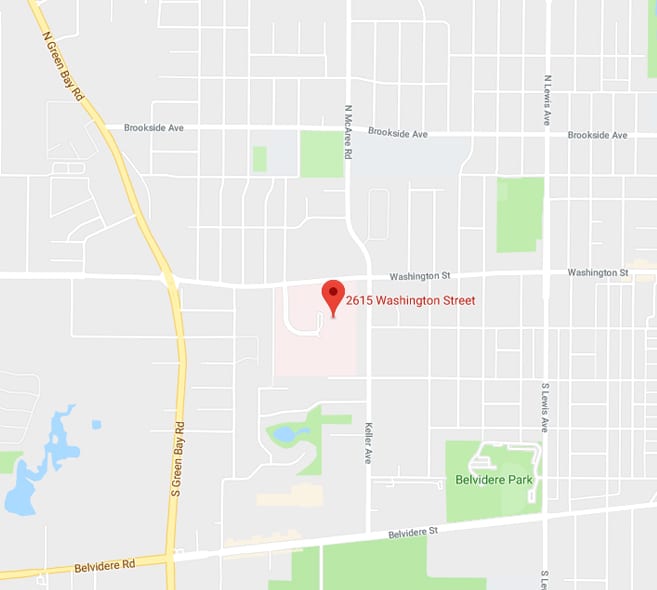Hispanic Heritage Month Meets Suicide Prevention Month: A Blend of Culture and Mental Health
September marks National Suicide Prevention Month and Hispanic Heritage Month. Our Lake Behavioral article will take a look at suicide among the Hispanic population and how culture plays a part in positive health and wellness.
Youth suicide in the Hispanic population is on the rise. To define “Hispanic/Latino”, this can refer to any 1 of the 62 million people who are from Mexico, Puerto Rico, Central America or South America, or Cuba. It is the foundation of each of these Hispanic cultures that may increase the potential for health among those Hispanics who are challenged by mental illness.
The National Alliance on Mental Illness indicates that suicide is the 2nd leading cause of death for youth, ages 10-14, and the 3rd leading cause of death for those ages 15-24. Nearly a quarter million Hispanic/Latinos attempt suicide. During the COVID crisis almost 5,000 of them died by suicide (CDC).
Non-culture oriented statistics indicate that although males complete the act of suicide in larger numbers (nearly 4 times as many as females), females attempt suicide more often. As reported by the Center for Disease Control’s, Youth Survey, 1 in 6 Hispanic/Latino teens experienced suicidal ideation. An astounding number, 1 in 4 females, have seriously considered suicide to eliminate mental health distress.
Hispanic/Latino groups may very well be at a mental health disadvantage with levels of stress related to marginalization, poverty in their country of origin, followed by poverty in a country chosen for a successful life, joblessness, and losses of family left behind. Faith and culture are often what lessens the burdens of new lives in a foreign land.
Connecting to peer networks through faith–based or Hispanic/Latino support organizations is healing. Utilization of familiar language with family and peers; sharing food, music and cultural rituals offer protective connections and create resilience and comfort. Places for safe communication and open discussion mean reduced anxiety, fear, stress, and depression; possibly heading off the distress that can lead to the hopelessness, worthlessness, and helplessness that can lead to suicidal thinking.
For Hispanic/Latino youth, school programs that offer solid ESL programs, peer activity groups like Hispanic heritage clubs and celebrations of culture are making a difference. For Hispanic/Latino youth who are needing mental health support, treatment programs that can change the course of mental illness are those who have cultural connections in language and understanding of needs of families and the youth.
Suicide, unfortunately, is universal. It crosses all socioeconomic groups and all cultures. It is important to understand both culture and mental health. In that regard, take any and all suicide talk seriously. Listen without judgment. Ask questions that are direct like “Are you thinking about suicide?”, and “listen” with all your senses. In all cases, do as NAMI asks; remind people that they are not alone and that recovery from mental illness is possible. A referral to professional help should occur and a call to Lake Behavioral Hospital can make a difference. Call 855-990-1900 for a free, confidential assessment to determine the level of care that is best.



